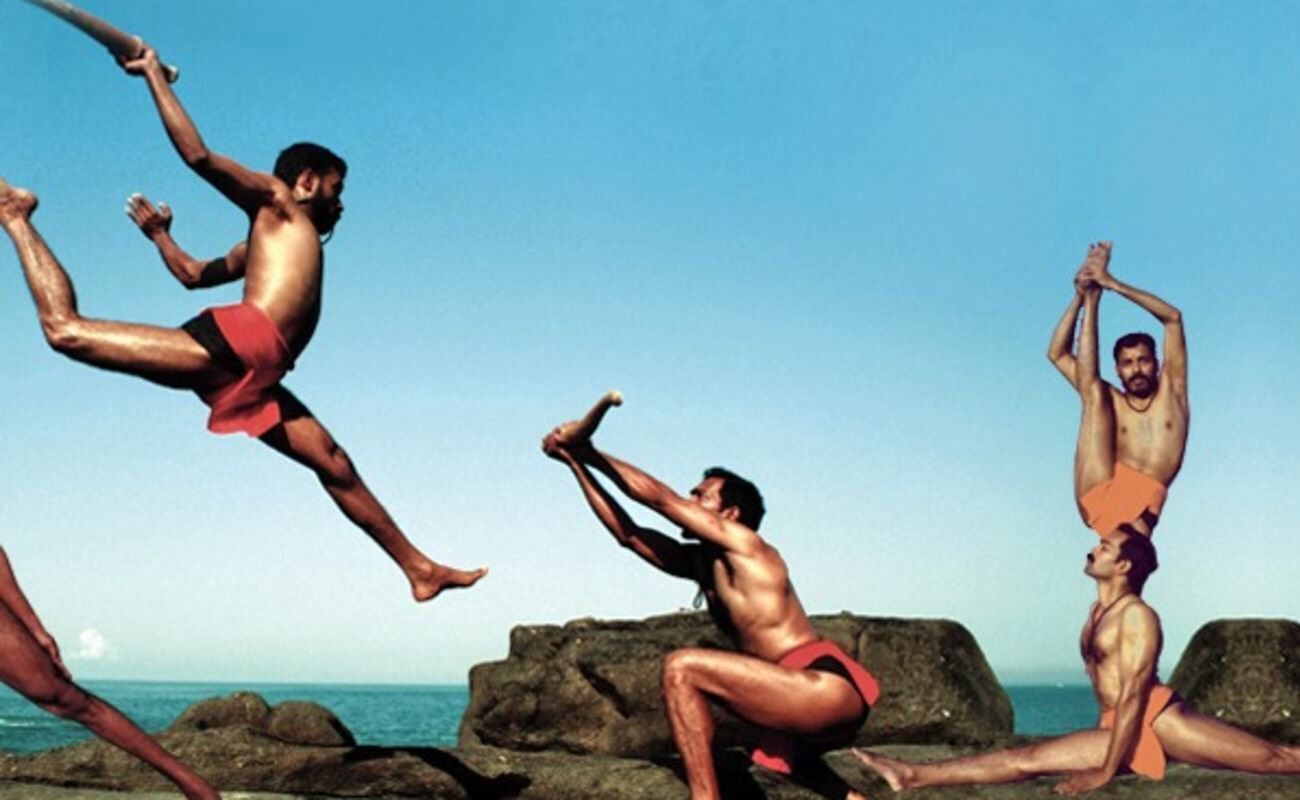A traditional martial art from Manipur, Thang-Ta, which literally means ‘sword and spear’, is one aspect of Huyen Langlon (‘art of war’ or ‘method of safe-guarding’).
This martial art form integrates various external weapons – the sword, spear and dagger – with the internal practice of physical control through soft movements coordinated with breathing rhythms.
Manipuris used Thang-Ta to defend their kingdoms against foreign invaders. Thang-Ta, like most Indian martial arts, transcends the use of weaponry, combat skill and mere strength to alsoinclude deeper spiritual and mental technologies. These, in turn equip warriors to cope with forces and pressures beyond the physical, and often beyond common human abilities and comprehension.
Thang-Ta is in part focussedon physical strength, flexibility, weaponry, and unarmed combat, and partly on deep control of the inner self. Thang-Ta integrates the techniques of Thang (sword), Ta (spear), Sharit-Sharak (unarmed combat), Sajen Kanglon (physical exercise), Thengouron (spiritual arts), Ningshakanglon (breathing exercise), Layeng kanglon (natural medicinal education), Hirikonba (meditation), and other vital arts of warfare. It was a compulsory subject in military training when Manipur was a princely state.


